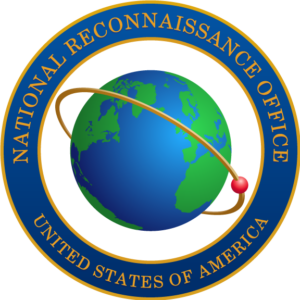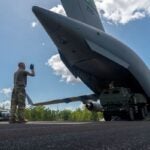
The National Reconnaissance Office (NRO) has awarded five commercial radar contracts to Airbus' U.S. division; San Francisco-based Capella Space; Finland-based ICEYE's U.S. division; Florida-based PredaSAR Corp.; and Santa Barbara-based Umbra Lab Inc.., the agency said on Jan. 20. The awards come under NRO's Strategic Commercial Enhancements Broad Agency Announcement (BAA) Framework, announced by NRO Director Chris Scolese last October. “We know that users across the National System for Geospatial Intelligence are eager to explore commercial radar, and these contracts will…














